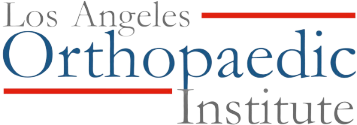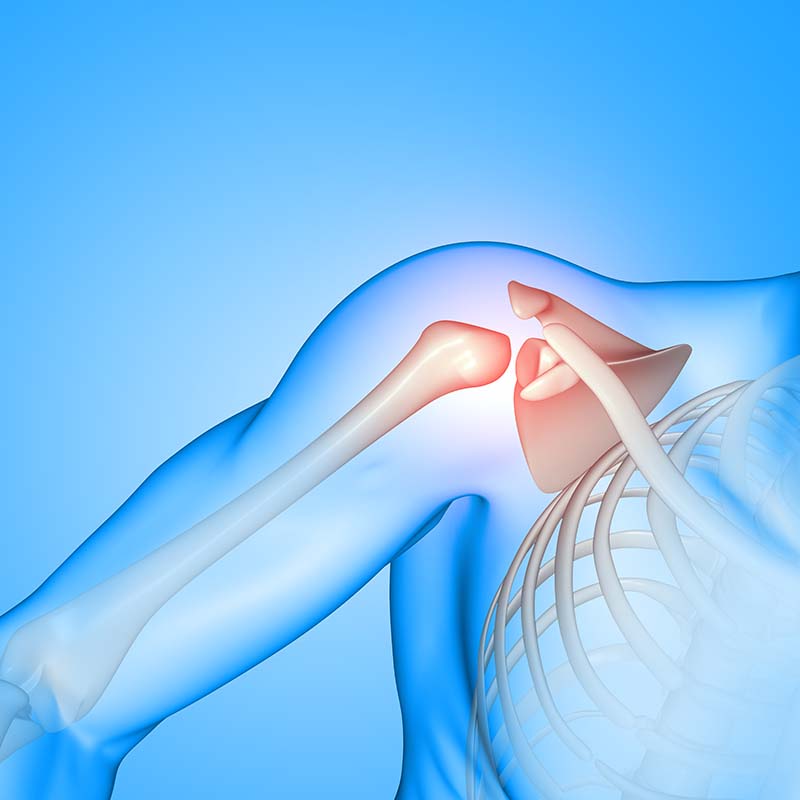Shoulder
The shoulder joint, also known as the glenohumeral joint, is a ball-and-socket joint that connects the arm bone (humerus) to the shoulder blade (scapula). It is a highly mobile joint that allows for a wide range of motion, including lifting, reaching, and rotating the arm. However, this mobility also makes the shoulder joint vulnerable to injury and degeneration.
Some common shoulder conditions include:
- Rotator cuff injury: tears or inflammation of the muscles and tendons that stabilize the shoulder joint.
- Osteoarthritis: a degenerative condition characterized by the breakdown of the cartilage that cushions the shoulder joint.
- Tendinitis: inflammation of the tendons that attach muscle to bone in the shoulder.
- Frozen shoulder: a condition characterized by stiffness and pain in the shoulder joint, which can make it difficult to move the arm.
- Bursitis: inflammation of the bursa, a fluid-filled sac that acts as a cushion between tendons, muscles, and bones in the shoulder.
- Shoulder impingement: a condition in which the tendons or bursa in the shoulder become compressed or pinched.
- Dislocated shoulder: when the upper arm bone (humerus) is forced out of the socket in the shoulder blade (scapula).
- Labral tear: a tear in the ring of cartilage (labrum) that surrounds the shoulder joint, that can occur from overuse or injury.
- AC joint injury: injury of the acromioclavicular joint, which is the joint between the collarbone (clavicle) and the shoulder blade (scapula)
- Arthritis: Inflammation of the shoulder joint caused by aging, injury, or autoimmune disorders.
Total shoulder arthroplasty
In rare cases, the joint is totally lacking articular cartilage and total shoulder replacement surgery is needed. LAOI employs a pain management team to reduce the discomfort and maximize the post-operative recovery. Patients usually stay a maximum of two nights in the hospital and are discharged to begin their physical therapy and rehabilitation in the comfort of their own home.






